Originally Published On The Nutrition Watchdog
Some people call them “yams” and others call them “sweet potatoes”. Is there a difference? And how do they compare with regular white potatoes?
Well for starters, sweet potatoes are the orange or reddish colored root vegetable you see at the grocery store. They are a member of the morning glory family, and not related to either yams or white potatoes. Sweet potatoes generally come from either Central or South America.
Add power-packed superfood veggies to every meal with these easy cauliflower recipes.
Click here to get your FREE copy of our Cauliflower Recipe Guide!
Sweet potatoes are usually longer and tapered at the ends with smooth colored skin, and can range in color from tan, to yellow, to orange, red, or purple. Sweet potato’s flesh inside also varies from white to orange or reddish orange, to purple-colored. Sweet potatoes are also usually softer and sweeter when cooked than either yams or regular white potatoes.
Yams are also a tuber vegetable. However, they come from a completely different family and are actually part of the lily family. Yams originated in Africa and Asia and there are about 600 different varieties of yams.
Yams have some distinct characteristics, and if you ever saw them, you would probably not confuse them with sweet potatoes. Compared to sweet potatoes, yams can grow very large. Size can vary from that of a small potato to up to 5 feet (1.5 meters). Yes, THAT big!
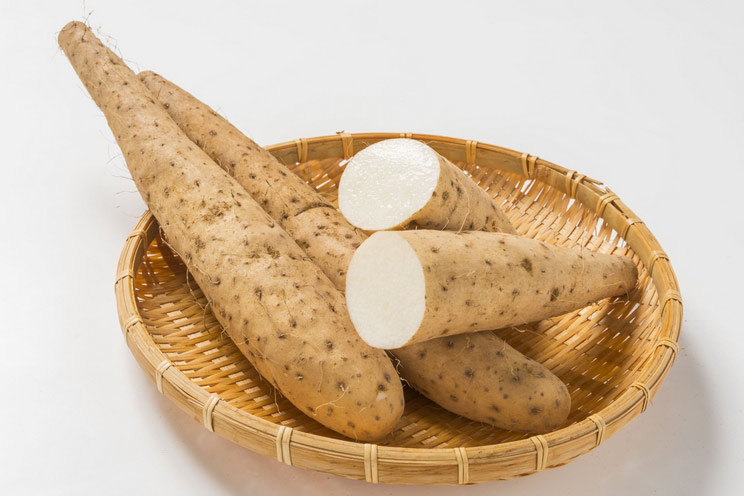
Yams are more cylindrical, and have rough brown, almost tree-bark like skin that is very difficult to peel. The inside flesh is white, yellow, purple or pinkish. Yams are not sweet and smooth like sweet potatoes, they are more dry and starchy tasting.
Yams are not a common item to find in your grocery store, in fact, they are often difficult to find, except perhaps in an international market or ethnic food store.
White potatoes are something we are all pretty familiar with. White potatoes come from the Solanaceae family, which is related to tomatoes, peppers, and eggplant and considered part of the “nightshade” group of vegetables.
While there are literally thousands of different types of potatoes in the world, in general the types of potatoes we see here in the U.S. and in Europe are classified as russet potatoes, red potatoes, white potatoes, yellow potatoes (or Yukon Gold) and purple potatoes.
Sweet potatoes, yams, and regular white potatoes are actually all from different plant families and not related.
Sweet potatoes have become much more common and popular in the past ten or so years, and are often served baked, mashed, roasted. They are also a great alternative to French fries, and an alternative to regular mashed potatoes. Sweet potatoes are often pureed and used in recipes like soups and desserts.
And of course, sweet potatoes are a staple on the Thanksgiving table, sometimes served as sweet potato casserole with marshmallows (please don’t!) or made into a sweet potato pie.
African yams are usually boiled and mashed into a starchy paste called “Fufu”. Yams are not usually eaten baked; however, if they are baked they must be peeled before cooking. If you tried to cook them whole, they tend to explode, leaving a big mess!
How did yams and sweet potatoes get confused here in America? When African slaves came to the United States, they called our sweet potato “nyami”, or “yam” in English, because it resembled the yam from Africa.
The darker-skinned orange sweet potato variety was only recently introduced in the U.S., and in order to differentiate them from the original sweet potatoes, they were called “yams”. In my grocery store, I see the dark, reddish skinned sweet potatoes are called “garnet yams”, but they are not really real yams either. They are sweet potatoes.
In the United States, yams and sweet potatoes are often used interchangeably. Most all yams in a grocery store are actually sweet potatoes.
Sweet Potato Nutrition
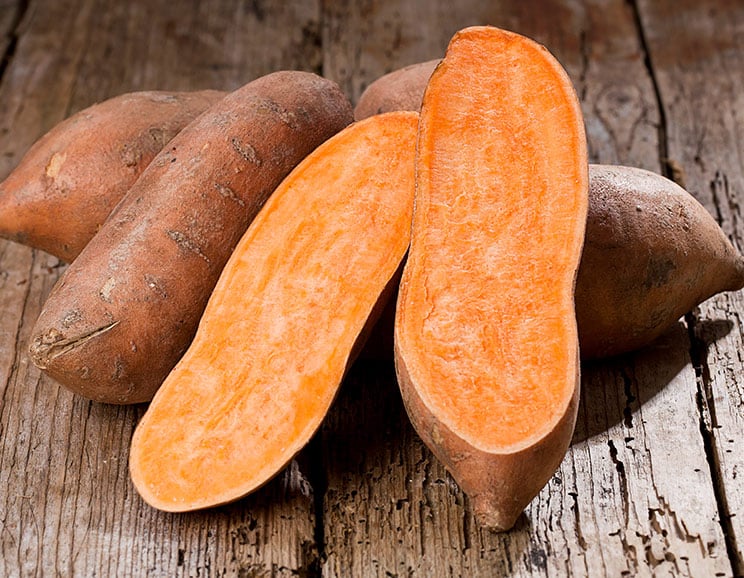
Sweet potatoes contain a lot of nutrients (which is why they are so popular) including a massive amount of beta-carotene, the nutrient that our bodies turn into vitamin A. Eat sweet potatoes with butter to help this transformation work best. Sweet potatoes also contain about 35-40% of your necessary vitamin C for the day, manganese, vitamin B6, potassium, copper, niacin, thiamine and magnesium.
Sweet potatoes also help to stabilize blood sugar, and help the body become more sensitive to insulin. In fact, one study from Austria showed that a diabetic group who ate sweet potatoes actually had lower blood sugar levels at the end of the study than the control group. (1) This is due partly because of the high fiber content, which slows the absorption of sugar into the body, and probably due to the high amounts of antioxidants, as well.
Antioxidants also help to reduce other chronic diseases including diabetes, heart disease, and cancer. The orange-y color in sweet potatoes means it is especially high in the antioxidant beta-carotene. A good rule of thumb for eating sweet potatoes is to pick the most colorful ones – these have the most antioxidants in them.
Sweet potatoes are also known to boost brain function, improve memory, and prevent oxidative damage in the brain.
Since sweet potatoes have about 400% of the pre-cursor to vitamin A, they are especially good for boosting the immune system, protecting the vision, and helping the skin.
What About Yams?
Yams are higher in calories, carbohydrates and fiber and while they contain also contain a good amount of vitamin C, vitamin B6, potassium and manganese but are not as nutrient-dense or full of antioxidants as sweet potatoes are. (Hint – antioxidants have a lot to do with color).
Yams contain more potassium and manganese – both vital minerals that are good for bone and nerve health, heart function and metabolism. Yams do contain some similar nutrients like B vitamins but the health benefits of yams have not been studied near as much as sweet potatoes.
One more thing about yams – a derivative of an ingredient in yams is thought to help women’s hormone levels, especially progesterone. There is some evidence that yam extract may be a helpful remedy for some of the unpleasant symptoms of PMS and menopause.
White Potato Nutrition
White potatoes do have lots of healthy minerals, fiber and carbohydrates in them, but definitely are not the superstars that sweet potatoes are. White potatoes belong to a totally different plant family, are definitely different looking than either yams or sweet potatoes and have a whole different set of nutrients.
White potatoes contain plenty of vitamin C, folate (a necessary B vitamin), vitamin B6, potassium, manganese, but not the high levels of vitamin A or antioxidants that sweet potatoes have.
Blood Sugar And The Glycemic Index
Sweet potatoes have a medium-to-high GI, around 60, and yams have a lower GI at about 50. White potatoes score the highest at 75.
So, when looking at all three types of potatoes, gram for gram, white potatoes will cause a sharper spike in blood sugar when eaten. So if you are diabetic or trying to keep your blood sugar low, you are better off eating sweet potatoes. Sweet potatoes are also higher in fiber than regular potatoes.
Which Is Best?
So – the winner of all three types of potatoes in terms of nutrition is sweet potatoes by a slim margin!
However, yams, sweet potatoes and white potatoes can all be healthy additions to the diet, as long as you are not restricting carbs. Preparation is the important factor; French fried ANYTHING is not going to be healthy, so eat baked instead of fried, and add a little dab of grass fed butter on it!
The original article source is here.
Sweet potatoes contain goitrogens, which means they might not be your best bet if you have thyroid issues. Instead, keep your diet in tip-top shape with our 100 Thyroid Friendly Recipes cookbook! They’re filled with all the right minerals and nutrients to support your thyroid. Order your copy today!


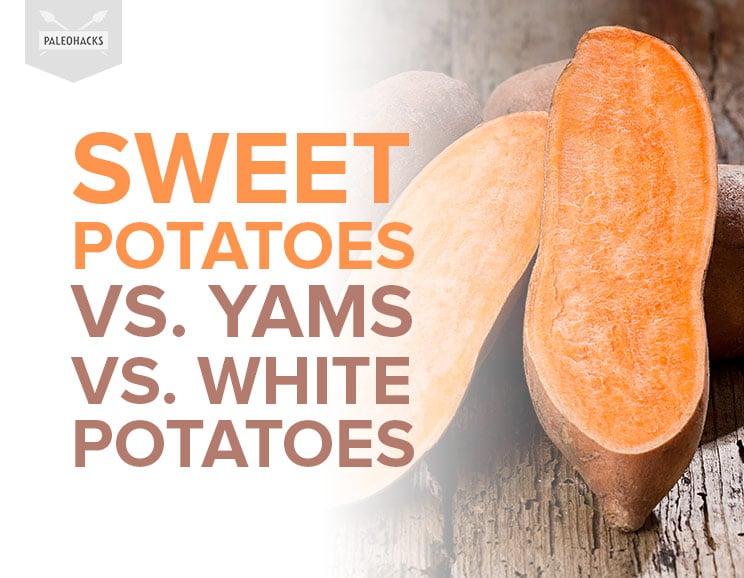
 5 Low-Impact Exercises For Pain-Free Knees
5 Low-Impact Exercises For Pain-Free Knees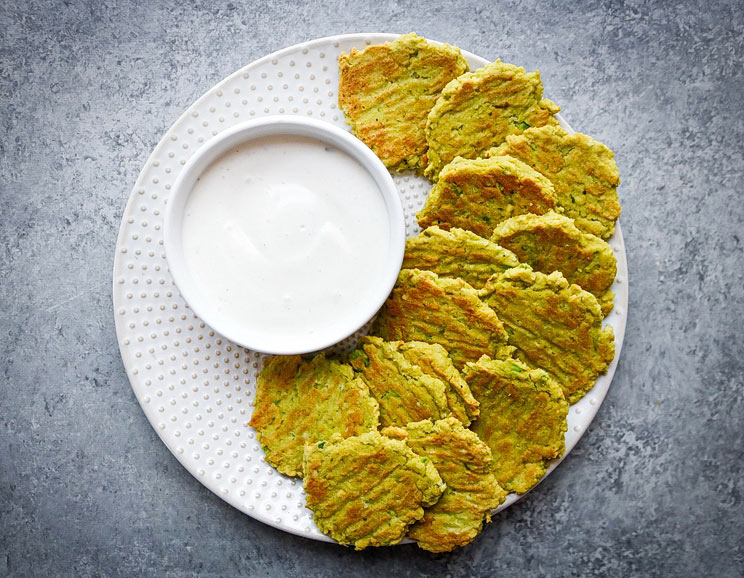
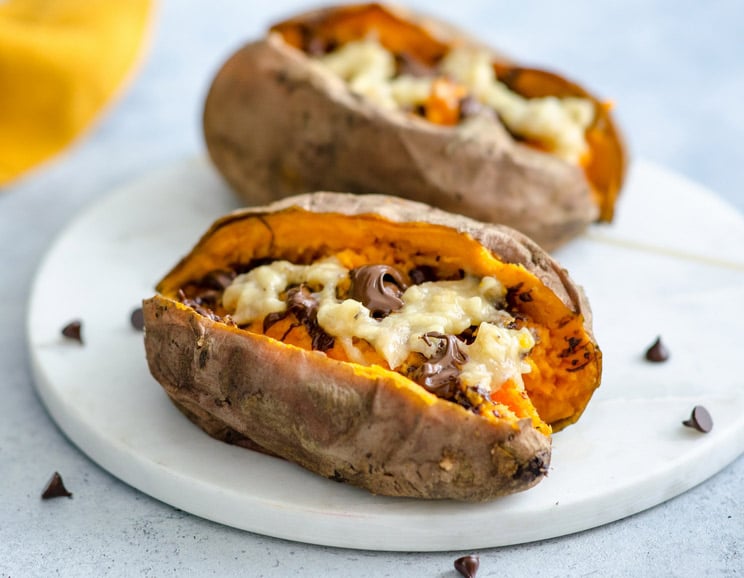
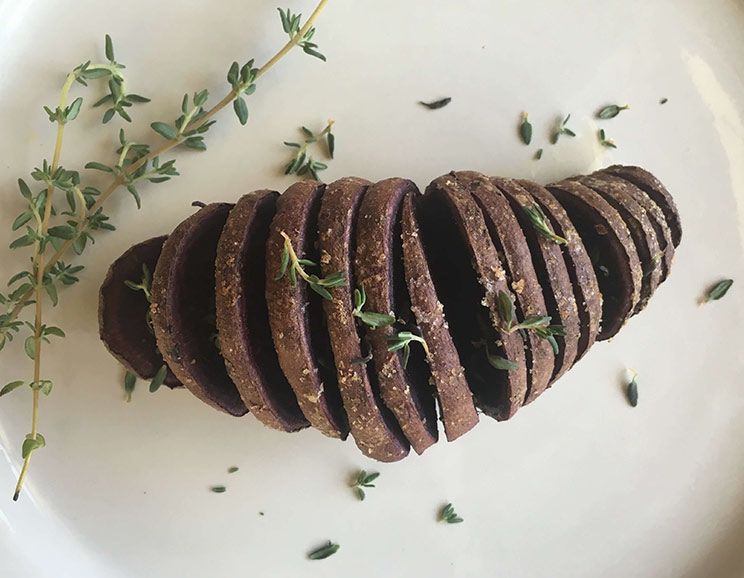
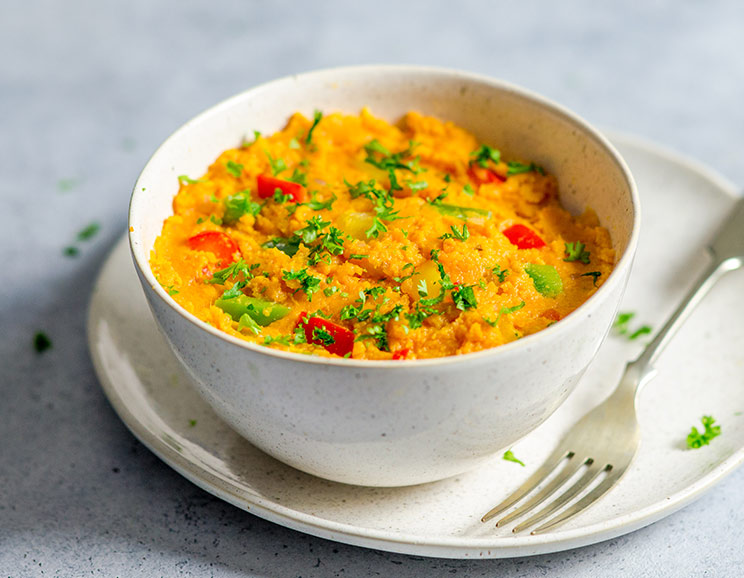



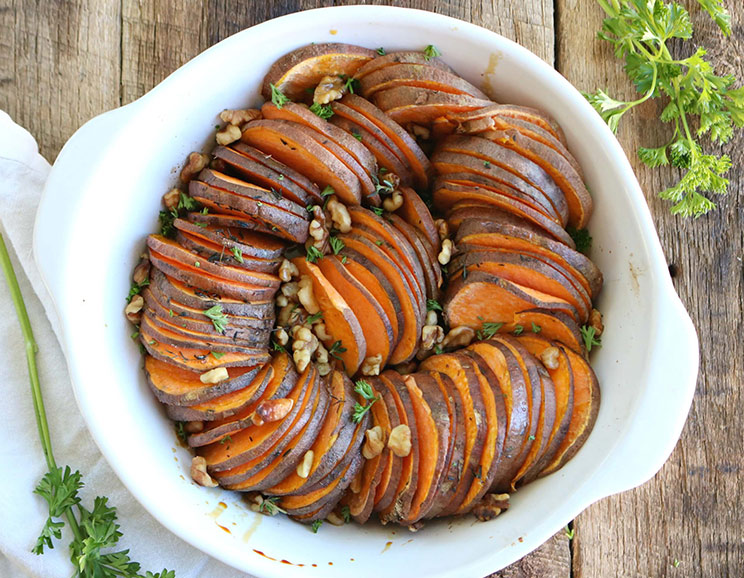
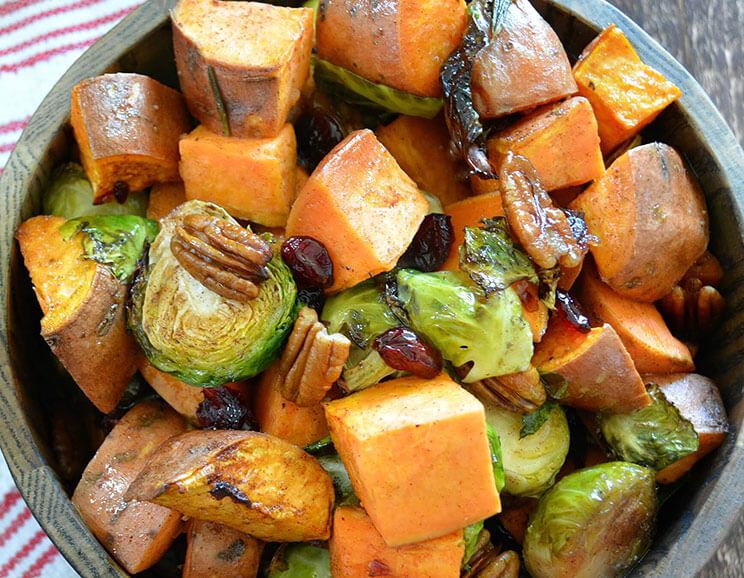
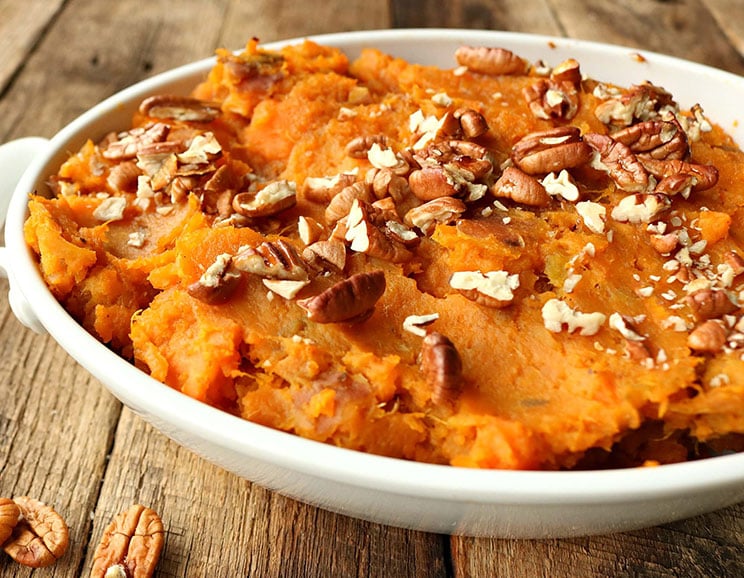
Show Comments